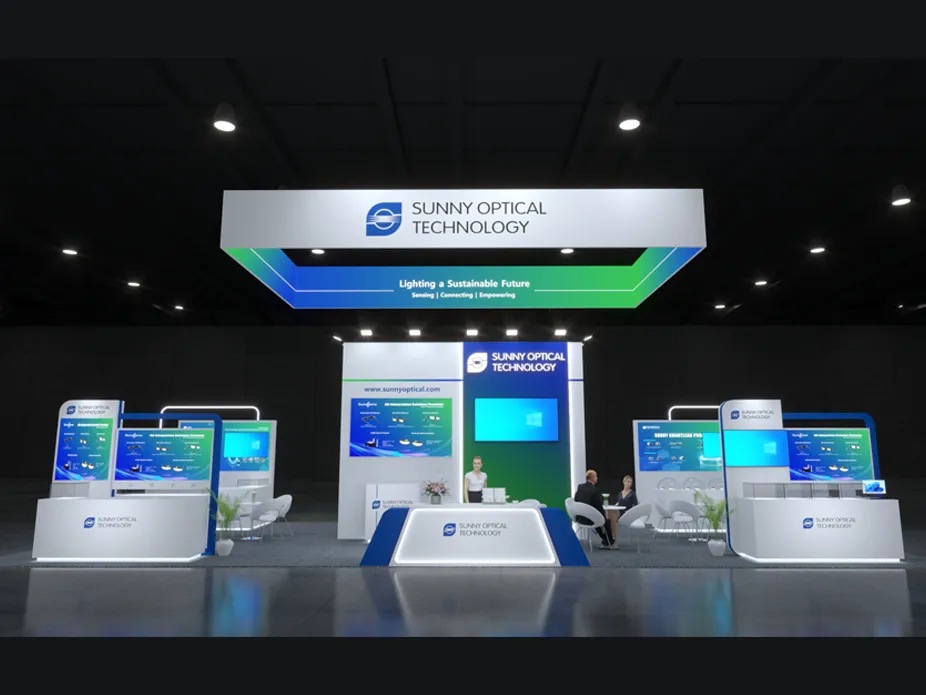For wiring harness engineers, the name LiDAR should no longer be unfamiliar to everyone. How does LiDAR work?
LiDAR is a sonar system that sends light to detect the location, speed and other characteristics of targets. It is equivalent to human glasses, with powerful and complex data recognition and processing capabilities. LiDAR detection has been widely used in airport obstacle avoidance, reconnaissance imaging, cruise missile guidance technology and other industries many years ago, and its application fields are extremely rich and colorful.
The automotive lidar is mainly used for automatic driving, that is, future automatic driving. But now it is only used for automatic driving assistance. LiDAR is mainly based on the vehicle wiring harness in the car, which can help the car to recognize the road environment, independently plan the driving route, and control the car to achieve the predetermined goal. For example, according to the return time after the laser encounters an obstacle, the relative distance between the target and itself can be calculated, which can also help the vehicle identify the system interface and orientation.
The difference between LiDAR and millimeter-wave radar depends on the fact that LiDAR uses the laser as the detection method, while millimeter-wave radar uses millimeter waves as the detection method; the wavelength of millimeter-wave light is at the mm level, and lasers are essentially radio waves, but The wavelength of light is much smaller, about a few tens of nanometers, about one-thousandth to one-ten-thousandth of a millimeter wave.
In addition, from the effect point of view, the point cloud data obtained by auto lidar can be identified by AI after processing, and the type of obstacle can be accurately judged, whether it is a person or a dog, a car or a tree, so as to make it more intelligent according to the type of obstacle Give the automatic driving system software as the basis for judgment.
The detection accuracy of millimeter waves is much lower. Only the approximate shape and distance of obstacles can be judged, and it cannot be used to obtain more accurate line and three-dimensional shape information. Millimeter-wave radar has already been widely installed in L1 and L2 automatic driving assistance systems. For example, in the application of automatic car following, many millimeter-wave radars are used.
Light Detection and Ranging LiDAR (LIDAR) refers to an optical system that measures any or all of a variety of target parameters, including range, velocity, and chemical composition. Typically, a LiDAR system consists of an emitting laser source, emitter optics, lidar receiver module optics, and detectors.
Several configurations of lidar systems are possible, depending on the type of laser source and the detection scheme chosen. Basically, the source can be continuous wave (CW), pulsed or chirped. CW sources are most commonly used to measure velocity or chemical composition. Pulse and chirped sources provide additional measurement range capabilities. LIDAR receivers are either non-coherent (direct detection - magnitude only) or coherent (heterodyne detection - magnitude and frequency).
Typically, for speed detection, a coherent receiver with a local oscillator (LO) laser is required.

【Exhibition Invitation】Visit us at CES 2026!
2025-12-10

Sunny Optical Gets Group LiDAR Standard Approved, Using Innovative Optical Solutions to Unlock Key Step in Mass Production
2025-11-25
![[Exhibition Invitation] Sunny Automotive Optech Invites You to the 26th China International Optoelectronic Exposition (CIOE 2025) [Exhibition Invitation] Sunny Automotive Optech Invites You to the 26th China International Optoelectronic Exposition (CIOE 2025)](/uploads/image/20250908/首图7.webp)
[Exhibition Invitation] Sunny Automotive Optech Invites You to the 26th China International Optoelectronic Exposition (CIOE 2025)
2025-09-08

Inquiry
Excellent Customer Service Ability
Key customer manager mechanism
Oversea supporting points
Excellent Process Control Ability
Fully automated production
DMC traceability management
VDA6.3 / IATF16949 verifications
Excellent R&D Ability
Advanced technology new product development cooperation
Cost-effective optical solution proposal based on customer needs
Ecosystem resource integration